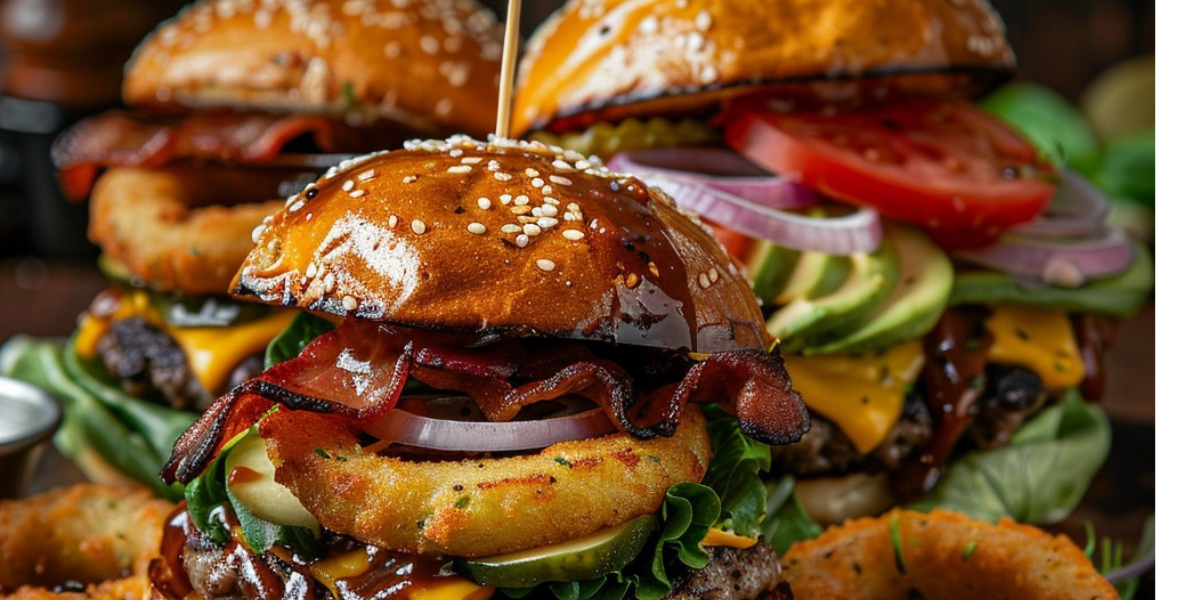The history of the hamburger is a fascinating journey through food, culture, and innovation. Here’s a concise overview:
Early Beginnings
Hamburg Steak:
- 19th Century: The concept of the hamburger has roots in the “Hamburg steak,” a minced beef patty that was popular in Hamburg, Germany. German immigrants brought this idea to the United States in the late 19th century.
Arrival in the U.S.
First American Burgers:
- 1900s: The hamburger began to take shape in America. Different claims exist about who first put a beef patty between two slices of bread. Two popular stories are:
- Louis’ Lunch in New Haven, Connecticut: Claims to have served the first hamburger in 1900, where they put a steak patty between bread for a customer on the go.
- The White Castle: Founded in 1921, this chain is often credited with popularizing the hamburger across America with its small, square burgers.
Mass Popularization
McDonald’s and Fast Food:
- 1940: Richard and Maurice McDonald opened the first McDonald’s in San Bernardino, California, focusing on a streamlined menu with their signature “McDonald’s burger.”
- 1955: Ray Kroc joined McDonald’s and began franchising the brand, leading to the fast-food boom and the widespread popularity of the hamburger.
The Burger Evolution
Cultural Impact:
- 1970s-Present: Burgers have continued to evolve, with gourmet variations, diverse toppings, and international twists. Chains like Burger King, Wendy’s, and many local establishments have expanded the burger’s reach.
Modern Trends:
- Vegetarian and Vegan Options: In recent years, plant-based burgers have gained popularity, catering to diverse dietary preferences and environmental concerns.
Today, the hamburger is a global icon, symbolizing American fast food while continually adapting to new tastes and trends.

